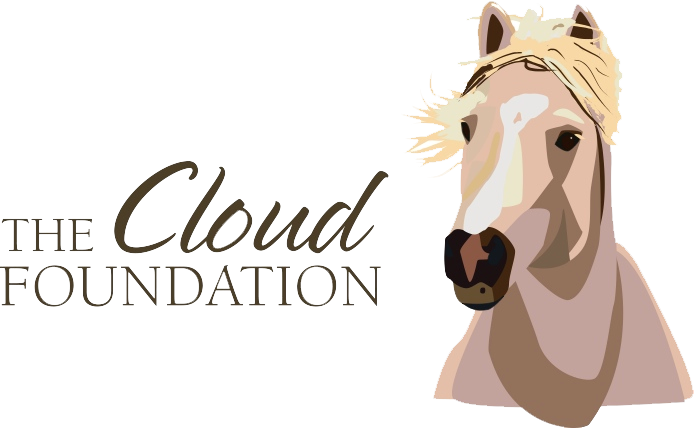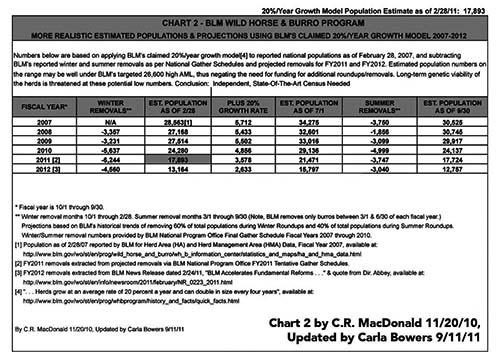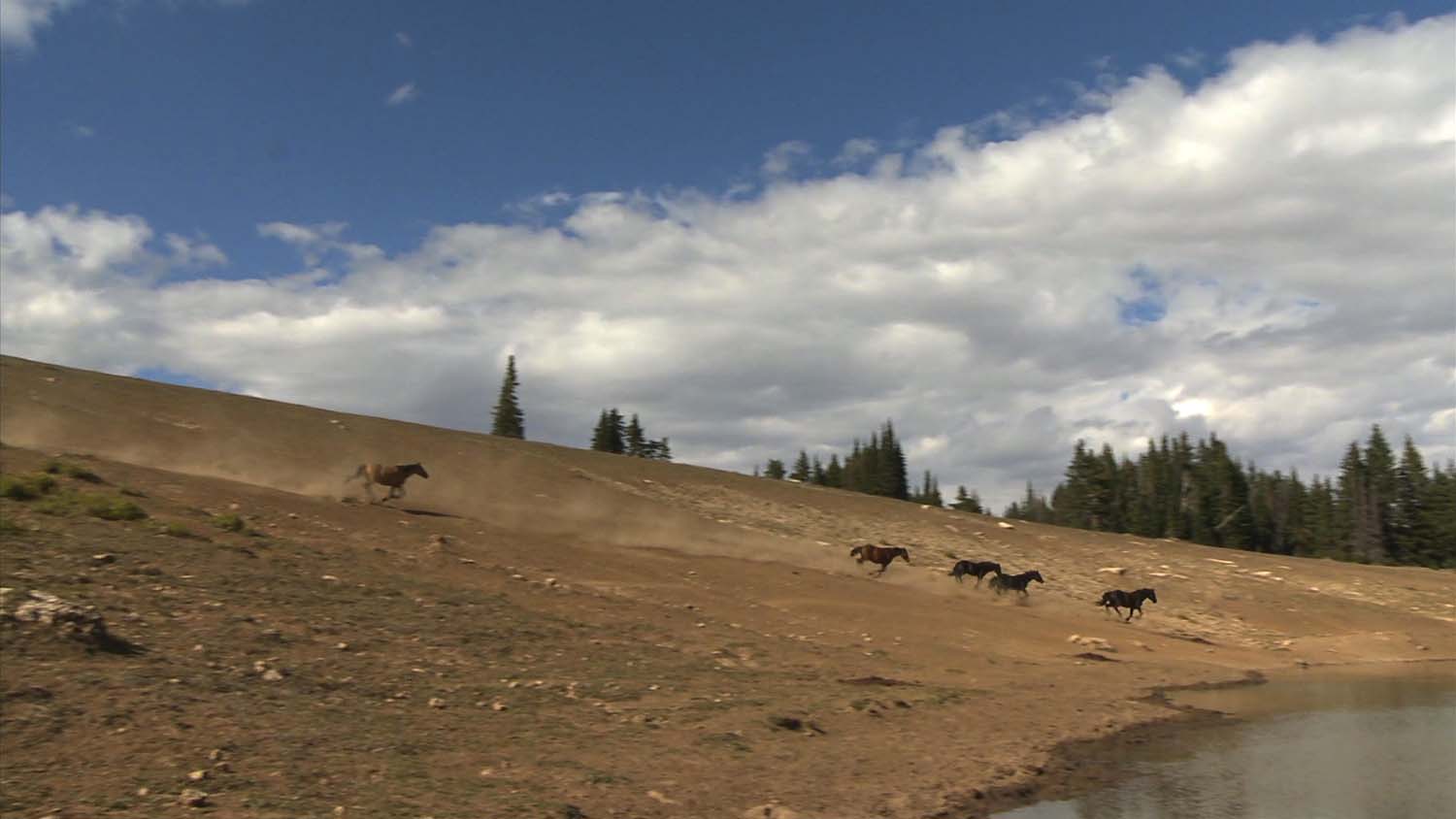
LIVESTOCK IMPACT
BLM’s anti-wild horse PR campaign would have you believe that wild horses and burros are overrunning our public lands.
When the actual data is examined, however, it is clear that it is livestock that are degrading public rangelands, a fact deliberately hidden by the managers of our public lands.
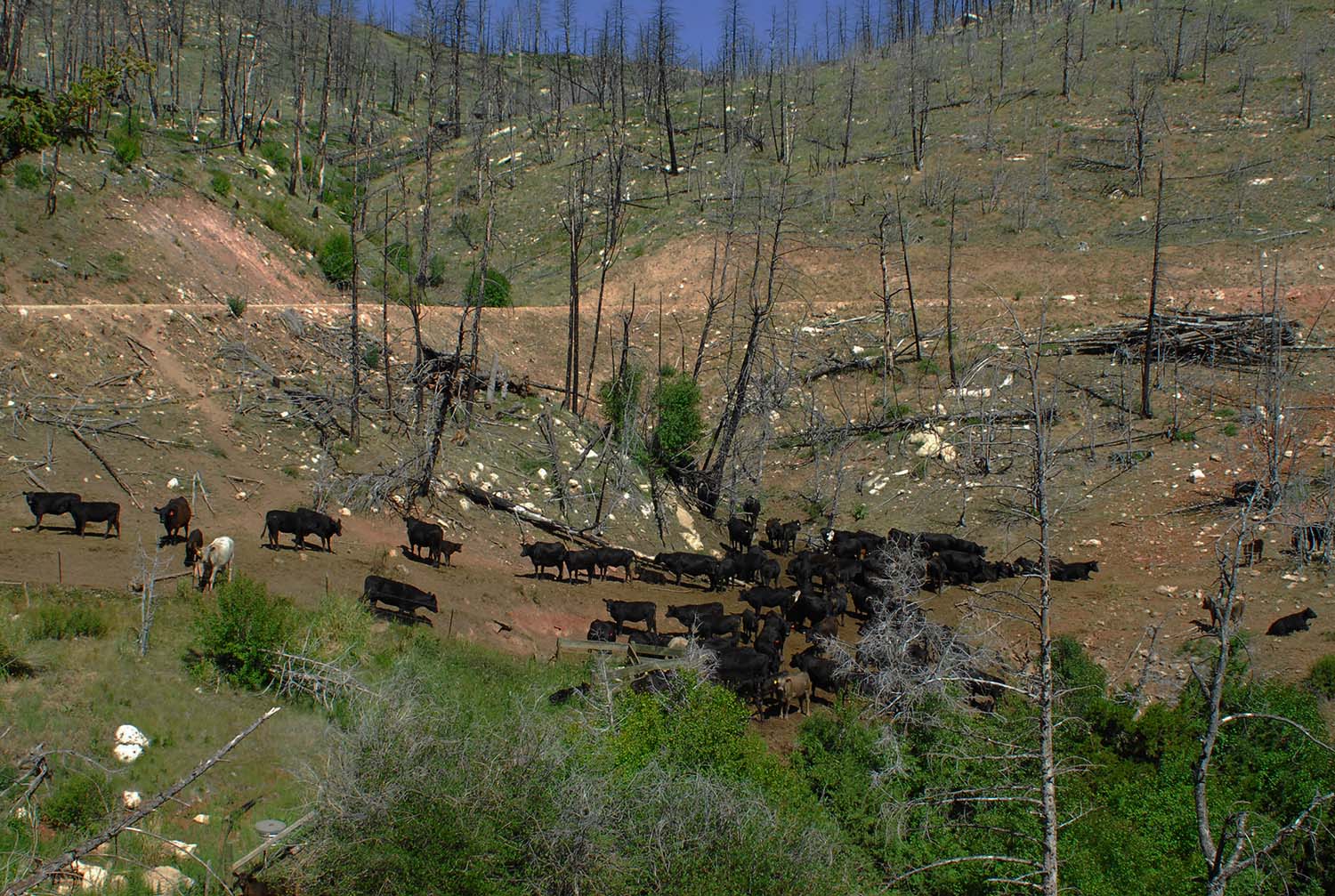
BLM says wild horses destroy public lands.
BLM data tell a vastly different story.
On September 24, 2021 the Bureau of Land Management (BLM) announced a roundup of 4,300 wild horses to begin October 7 in five herd management areas (HMAs) in southwest Wyoming.
BLM’s news release says this is necessary to provide water and forage for “other authorized users” in the HMAs; reduce overpopulation to achieve an appropriate management level (AML); and prevent rangeland deterioration. Who are those “other authorized users”? Livestock operators.
BLM’s own database, records and reports show that commercial livestock and not wild horses are the cause of rangeland damage.
BLM’s livestock grazing program and millions of cattle/sheep are why 70% of the five Wyoming HMAs’ wild horses are being rounded up. U.S. taxpayers subsidize the roundups and private livestock operations at great cost and without their knowledge.
But BLM won’t tell you that side of the story.
Download the PDF handout below for all the information you need to intelligently discuss how livestock have displaced wild horses from their own lands and sent them into government captivity by the tens of thousands. This is the very heart of the war on America’s wild horses. It all starts here.
Credit: Vickery Eckhoff
Positive Impacts of Wild Horses
Wild horses and burros have been shown to be beneficial to their habitats in many ways. Scientific studies have found them to be "positively contributing" returned natives in North America. There have been studies done internationally on the benefit of wild horses and burros to their respective ecosystems. Read more below.
The Horse and Burro as positively Contributing Returned Natives
by Craig Downer, published in American Journal of Life Science 1.30.2014
Proposal for Wild Horse/Burro Reserve Design as a Solution to Present Crisis
by Craig Downer, Natural Horse Magazine, 10.2010
Rewilding Horses in Europe Background and guidelines – a living document By Leo Linnartz, ARK Nature and Renee Meissner, Herds & Homelands,2014
How Wild Horses & Burros Help North American Ecosystems
by Craig Downer
Resources & References
Studies
Using Science to Improve the BLM Wild Horse and Burro Program
In 2013, the National Academies of Science released a comprehensive report - paid for by the Bureau of Land Management - on ways to utilize science for the improvement of the national Wild Horse and Burro Program. This landmark study has provided invaluable data and statistics regarding the care and keeping of our wild horses and burros.
BLM’s “Comprehensive Animal Welfare Program for Wild Horse and Burro (Roundups)”
BLM’s animal welfare assessment standards for roundups are detailed in this paper. When animal cruelty, abuse, and deaths occur during a BLM roundup it is usually because BLM has failed to follow these very BASIC safeguards for animal health and welfare. This document generally serves as window dressing meant to appease advocates who are outraged over inhumane conditions seen at wild horse and burro roundups. (Click Here)
PZP Position Papers and Studies
Position of The Cloud Foundation on the Use of Porcine Zona Pellucida (PZP) by Ginger Kathrens, 9.2014 (Click Here)
Genetic Analysis of the Pryor Mountains Wild Horse Range, MT by E. Gus Cothran, 8.22.2013 (Click Here)
Immunocontraceptive Reproductive Care Contro | Utilizing Porcine Zona Pellucida (PZP) in Feral Wild Horse Populations by J.F. Kirkpatrick, Ph.D., Allen T. Rutberg, Ph.D., and Linda Coates-Markle, 2010 (Click Here)
Journal of Reproductive Immunology, The Practical Side of Immunocontraception by J.F. Kirkpatrick, 2009 (Click Here)
Achieving Population Goals in Long-Lived Wildlife Species with Contraception (Wildlife Research)
by Kirkpatrick and Turner, 2008 (Click Here)The Vaccine that could Save the Range: PZP and Mustangs (Horse Nation interview with Jay F. Kirkpatrick)
by Kristen Kovach, 7.17.2015 (Click Here)
Books
The Cloud Series (3 Books) by Ginger Kathrens (View in Our Store)
America's Last Wild Horses: A Classic Study of the Mustangs and their Pivotal Role in the History of the West by Hope Ryden (View on Amazon.com)
The Horse Lover: A Cowboy's Quest to Save the Wild Mustang by H. Alan Day and Lynn Wiese Sneyd (View on Amazon.com)
In a Land of Awe: Finding Reverence in the Search for Wild Horses by Chad Hanson (View on Barnes and Noble)
Wild At Heart: Mustangs & The Young People Fighting to Save Them by Terri Farley (View on Amazon.com)
Welfare Ranching: The Subsidized Destruction of the American West by George Wuerthner (View on Amazon.com)
Wild Horse Annie: Velma Johnston and Her Fight to Save the Mustangs by Alan J. Kania (View on Amazon.com)
Wild Horses of the West: History and Politics of America's Mustangs by J. Edward de Steiguer (View on Amazon.com)
The Wild Free-Roaming
Horses and Burros
Act of 1971
"That Congress finds and declares that wild free-roaming horses and burros are living symbols of the historic and pioneer spirit of the West; that they contribute to the diversity of life forms within the Nation and enrich the lives of the American people; and that these horses and burros are fast disappearing from the American scene."
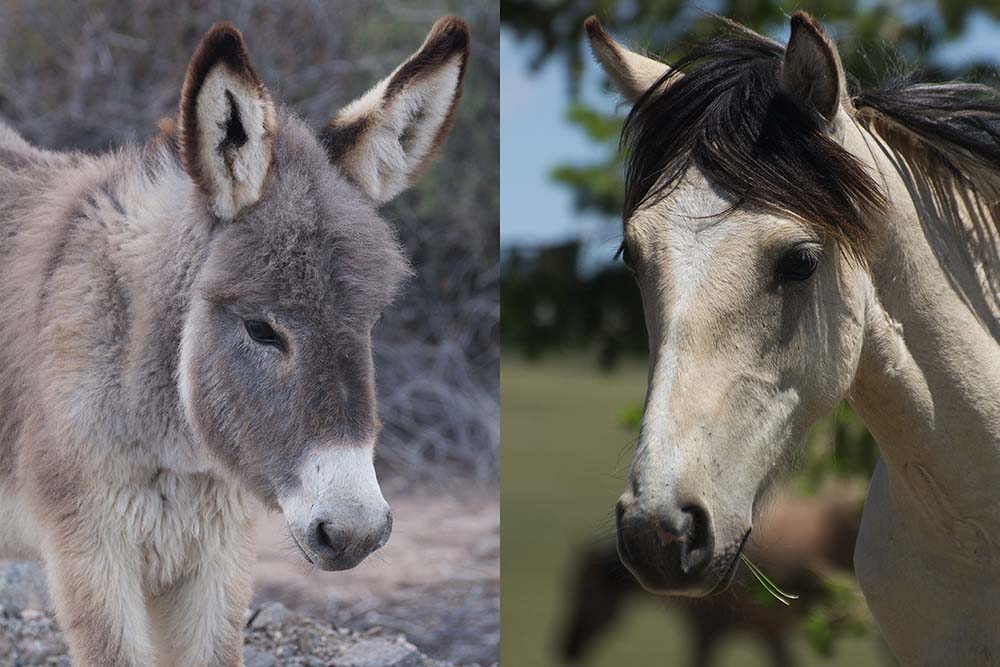
Wild Horses as a Returned Native Species
A common argument from the opposition to our wild horses and burros is that these animals are not native to North America and can, therefore, be damaging to the habitat. The following articles present evidence that wild horses and burros are native to this continent, and evolved here.
The Wild Horse is a Native species to North america
By Ross MacPhee, Ph.D., Curator - Division of Vertebrate Zoology, American Museum of Natural History
Wild Horses as Native North American Wildlife
Statement for the 109th Congress in support of H.R. 297. By Jay F. Kirkpatrick, Ph.D. and Patricia M. Fazio, Ph.D.
New EVIDENCE ON north american HORSE EXTINCTION
Published by Horse Talk NZ
12.16.2009
LATE-SURVIVING HORSE DNA EXPOSED IN FROZEN SOIL
Published by Science Daily
December 15, 2009
Public Lands
No land, no horses and burros. Without the beautiful public lands in the American West, our wild horses and burros would have nowhere to go. That's why The Cloud Foundation keeps a close eye on developments nationwide affecting our public lands and the wildlife who lives on them.
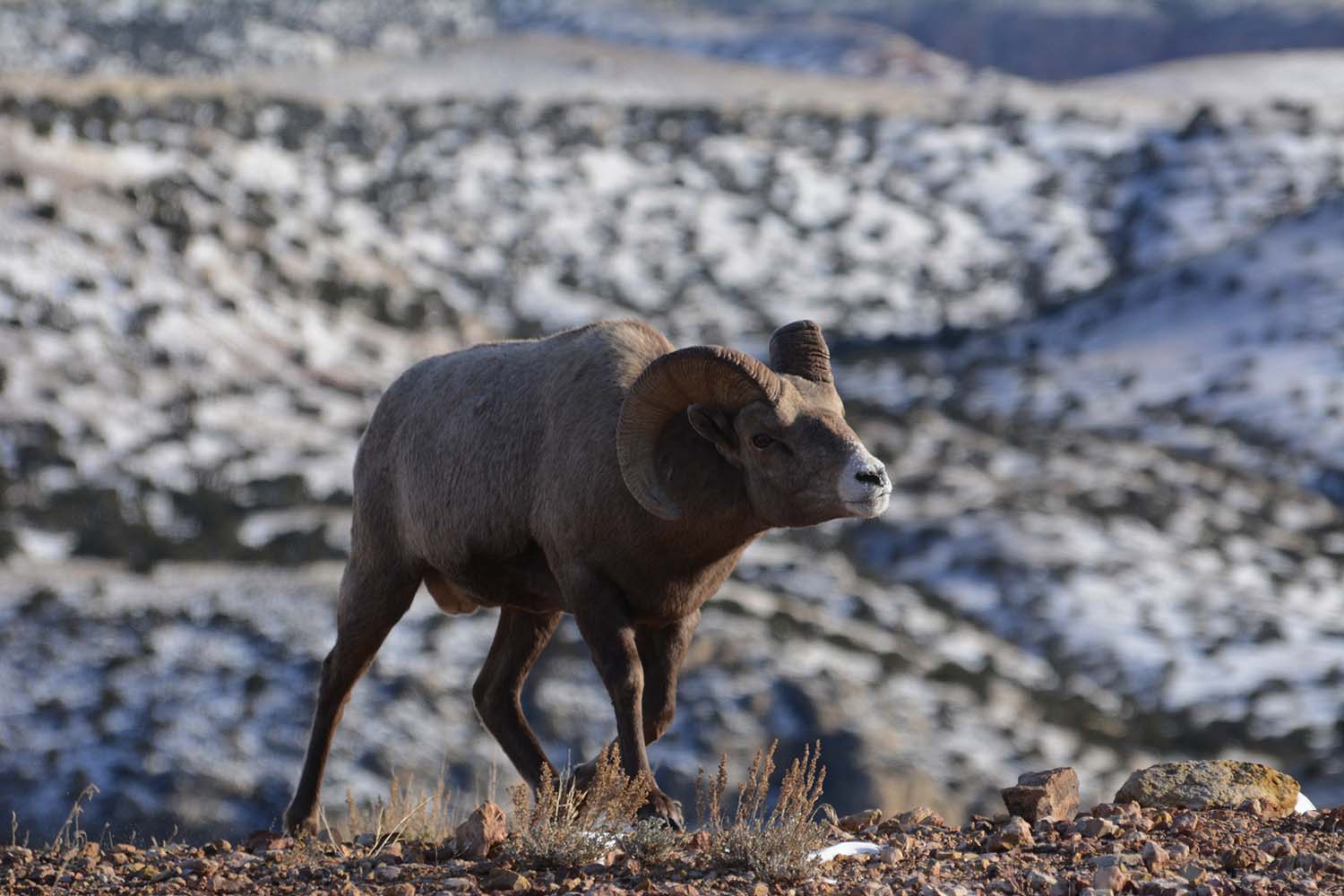
By The Numbers
Population Data
Using BLM’s own data, Wild Horse advocates C.R. MacDonald and Lisa LeBlanc charted out how many wild horses could be truly left in the wild. Click on each photo to view them full screen.
The BLM Wild Horse & Burro Program
Wild Horse Myths
Remember the Burros
”Of the many species threatened by human depredation, few are as misunderstood and dismissed as the donkey. Also known as burros on public lands in the US and south of the border, they’ve long served as farm workers, livestock guardians, haulers, backcountry packers, companion animals, healers of the land. Their light footprint and capacity for giving is unsurpassed. Centuries ago, they were buried with kings. Today humans bound to special interests are hounding these gentle animals out of existence.”
Co-authors are Charlotte Roe, a retired foreign service officer and science advisor to The Cloud Foundation, and Laurie Ford, a wildlife photographer and burro expert for several non-profit organizations.
Both are longtime wild equid guardians.
Read, Remember the Burros here.
